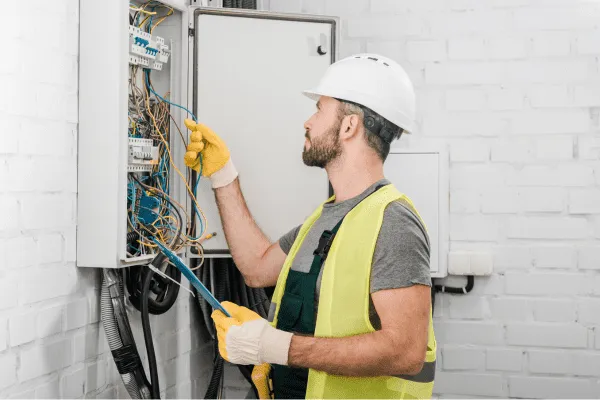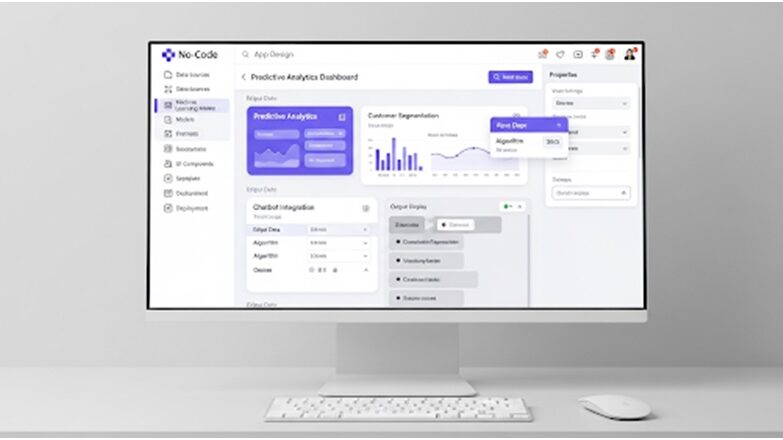Keeping your swimming pool safe and sparkling clean requires more than just a quick skim. The right tools, like a Pool Testing Kit, help you monitor water quality, balance chemicals, and prevent problems before they arise. This guide explains how to use a kit effectively for year-round pool health.
A well-maintained pool is a source of joy, exercise, and relaxation. But behind its inviting look lies the responsibility of keeping the water safe and hygienic. The easiest way to do this is by using a Pool Testing Kit. These kits ensure your pool water remains balanced and free from harmful bacteria.
Pool water might look clean, but appearances can be misleading. Without proper testing, harmful germs and chemical imbalances can go unnoticed. That’s why regular use of a Pool Testing Kit is essential for every pool owner.
Benefits of regular testing include:
- Preventing algae growth and cloudy water.
- Ensuring the proper chlorine levels to kill bacteria.
- Avoiding skin, eye, or respiratory irritation.
- Prolonging the lifespan of your pool equipment.
What Does a Pool Testing Kit Measure?
A reliable kit checks several crucial elements of your water balance. Understanding them makes testing easier and more meaningful.
Key parameters include:
- pH level – Measures acidity or alkalinity. Ideal range: 7.2 to 7.6.
- Chlorine or sanitiser levels – Keep the water germ-free.
- Alkalinity – Acts as a buffer to stabilise pH.
- Hardness – Ensures water isn’t too soft or corrosive.
Pool Testing Kit products typically come with clear instructions and easy-to-read colour charts.
Step-by-Step Guide to Using a Pool Testing Kit
1. Collect a Water Sample
Always take your sample from elbow depth, away from the pool’s edges. This ensures accurate readings and avoids surface contaminants.
2. Add the Testing Reagents
Depending on your kit, add drops of reagent or use testing strips. Make sure you follow the recommended number of drops or dipping time.
3. Compare the Colours
Once the reaction occurs, compare the sample’s colour to the chart provided. Each shade corresponds to a different reading for pH, chlorine, or alkalinity.
4. Record and Adjust
Keep a log of your results. If levels are off, add the appropriate chemicals—whether chlorine, pH increasers, or stabilisers—and retest.
Common Mistakes to Avoid
Even with easy-to-use kits, pool owners often make mistakes that can affect accuracy. One of the most common errors is testing at the wrong time of day, when sunlight or temperature changes may alter results—early morning or evening is best. Another frequent issue is using dirty containers or reagents that are past their shelf life, which can distort readings. Many also overlook the importance of following the manufacturer’s instructions, particularly the waiting period required for colour development. Rushing this step often leads to incorrect interpretations.
Finally, some fail to retest after adjusting chemicals, leaving the water unbalanced and unsafe. Being mindful of these details ensures more reliable results and keeps your pool water healthy, clean, and ready to enjoy.
How Often Should You Test?
How often you test your pool water depends on how frequently it’s used and the weather conditions, but consistency is key to maintaining safe swimming conditions. During the warmer summer months, when pools are used more often, testing should be carried out two to three times a week to maintain optimal chemical balance. In cooler months, weekly testing is usually enough to keep the water stable. It’s also important to check after unusual events, such as storms or heavy rainfall, which can dilute chemicals, or after pool parties, when higher swimmer numbers affect water quality.
- Test 2–3 times a week in summer
- Test once a week in cooler months
- Test after heavy rain or gatherings
Expert Tips for Better Results
To get the most accurate results from your pool testing routine, a few expert tips can make a big difference. Always replace your testing kit every year, as older kits may lose reliability over time. Store reagents properly by keeping them sealed and away from heat or direct sunlight to preserve their effectiveness. For consistency, test your pool water in the same spot each time, ideally away from return jets or skimmers. It’s also a good idea to involve family members in the process—learning how to test is quick, straightforward, and ensures everyone can help maintain a safe pool.
Last Words
Keeping your swimming pool clean and safe requires a proactive approach rather than waiting for issues to appear. A Pool Testing Kit is an essential tool that allows you to track water quality, maintain balanced chemical levels, and spot potential problems early. Regular testing helps prevent algae, cloudy water, and equipment damage while also ensuring the pool remains comfortable and safe for swimmers. By staying consistent with checks and making minor, timely adjustments, you not only save on costly treatments but also enjoy sparkling, inviting water and complete peace of mind throughout the swimming season and beyond.











